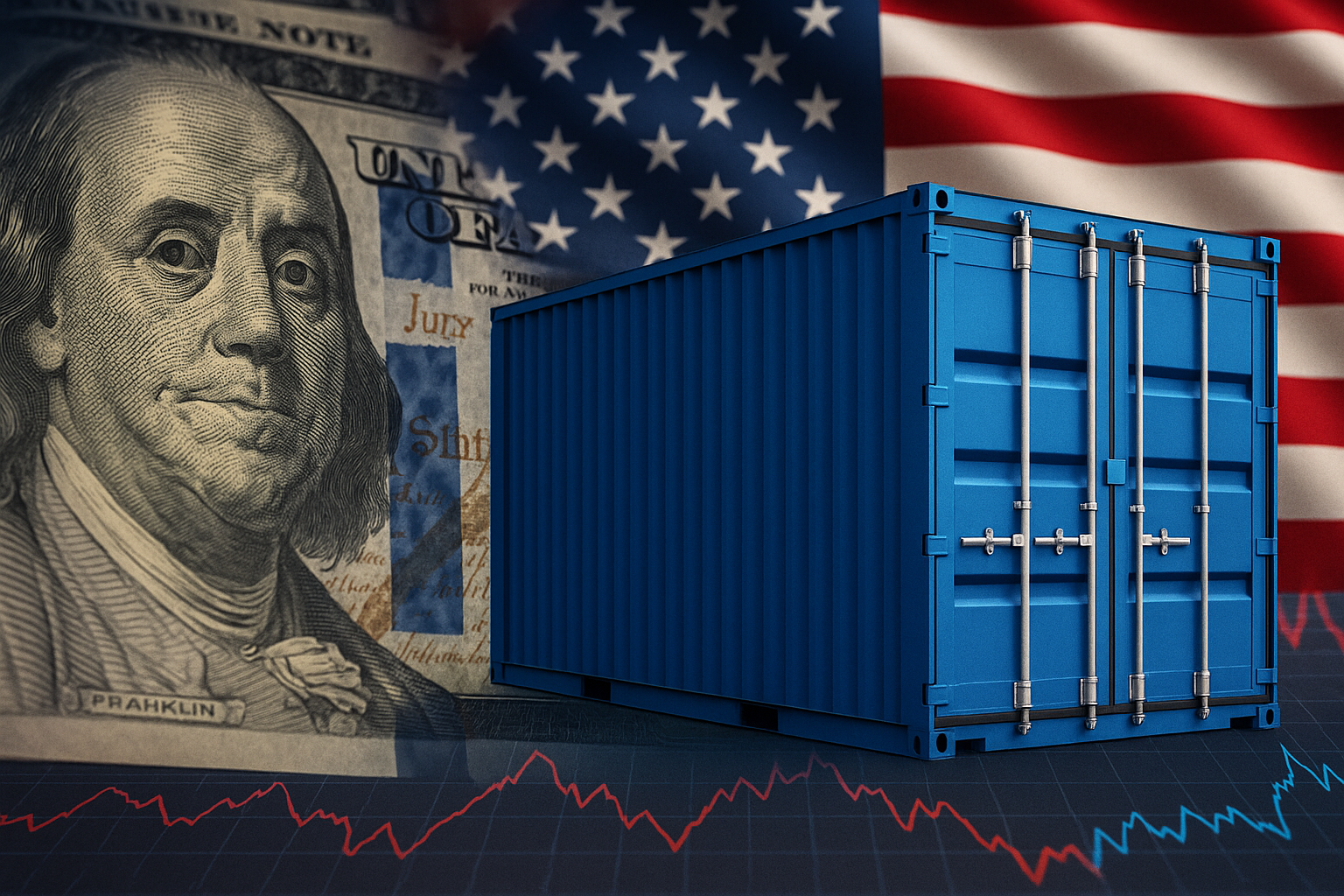A Bold Move to Reshape Trade
On July 7, 2025, former President Donald Trump released a sweeping set of tariff directives aimed at leveling the playing field in international trade. Branded as “reciprocal tariffs,” the measures impose flat import duties ranging from 25% to 40% on 14 nations and are set to take effect on August 1, 2025, unless each country reaches a new trade agreement with the U.S. beforehand.
This bold announcement, made via Truth Social and confirmed in a White House fact sheet, marks a dramatic escalation in trade policy that seeks to protect American manufacturers, revive domestic industries, and end what Trump has described as “decades of economic surrender.”
Who’s on the Tariff List?
The 14 countries targeted in this round of tariffs span Asia, Africa, and Eastern Europe, with each receiving a flat import duty in the range of 25% to 40%. The nations include Japan, South Korea, Malaysia, Tunisia, Kazakhstan, South Africa, Bosnia & Herzegovina, Indonesia, Bangladesh, Serbia, Cambodia, Thailand, Laos, and Myanmar.
The goal behind these reciprocal tariffs is to match or exceed the trade barriers these countries impose on American goods, ensuring that U.S. exporters are no longer playing on an uneven field. Trump has also threatened an additional 10% tariff on any country that aligns with “anti-American BRICS policies,” sending a strong signal to China, Russia, India, and others considering closer ties with adversarial blocs.
Wall Street Reacts, but the Message Is Bigger Than the Market
The markets responded swiftly. The Dow Jones dropped more than 600 points, while the S&P 500 and Nasdaq both slid nearly 1%. Small-cap stocks, often more exposed to global supply chains, saw the steepest fall down around 1.6%.
While short-term volatility was expected, the broader message behind the tariffs transcends day-to-day market swings. This is not about punishing Wall Street; it’s about standing up for Main Street. The move signals a long-overdue correction of trade imbalances that have hollowed out American factories and left supply chains vulnerable to foreign interests.
Which Sectors Are Most Affected?
Auto Manufacturing
Japanese and Korean automakers are likely to feel the initial sting, as major brands such as Toyota, Honda, Hyundai, and Kia export heavily to the U.S. The tariffs could pressure profit margins or trigger pricing adjustments, especially for mid-tier and budget vehicle segments. Yet this opens the door for American automakers such as Ford and GM to regain market share, especially if domestic production becomes more cost-competitive.
Semiconductor & Tech Supply Chains
Companies like Samsung and SK Hynix—major players in memory chips and component manufacturing—will be impacted by higher duties. The same goes for Japanese firms producing semiconductor-grade chemicals. However, this creates a potential boost for American tech and chip manufacturers, who may benefit from a shift toward domestic sourcing and onshoring.
U.S. Exporters
While multinational consumer brands like Deere, Estee Lauder, and Lululemon may see short-term bumps, many are already pivoting operations back to North America. The tariffs may accelerate that trend, encouraging investment in U.S.-based production and job creation.
Final Thoughts: A New Chapter for American Strength
Despite the market’s knee-jerk reaction, the 2025 tariff plan is a bold, strategic step toward restoring America’s economic sovereignty. For too long, the U.S. has allowed unfair trade relationships to undercut our industries, erode middle-class jobs, and enrich foreign competitors who thrive behind protectionist walls.
Trump’s tariffs are not just a warning they are a negotiation tool, a job stimulus, and a national security hedge. By making it costlier to flood American markets with foreign goods, these measures incentivize companies to build, hire, and invest at home. They also strengthen our leverage in future trade talks.
This isn't a retreat from global trade. It's a rebalancing act one that puts American workers, manufacturers, and entrepreneurs first. As we approach the August 1 deadline, expect more headlines and more market noise. But through the volatility lies a potential renaissance in U.S. industrial power and a renewed commitment to economic independence. Now is the time to watch not just the tickers, but the transformation.
